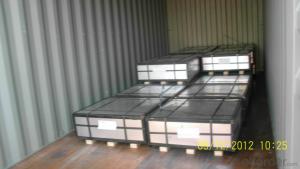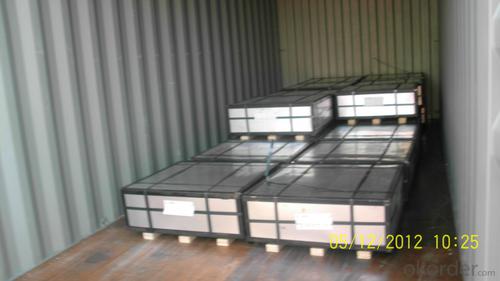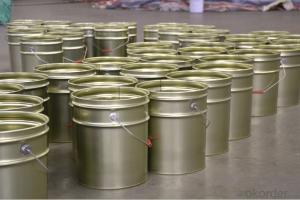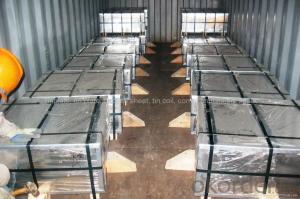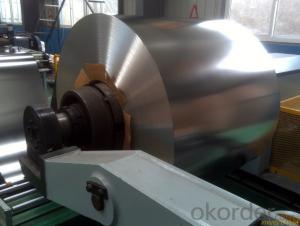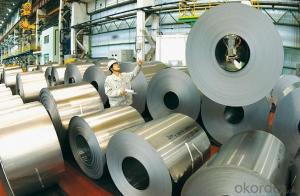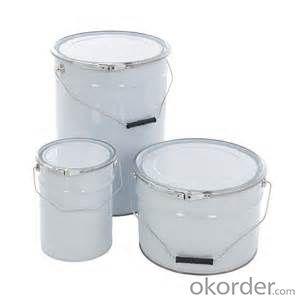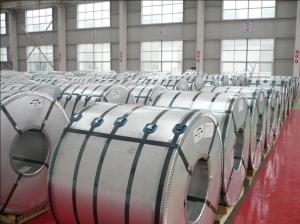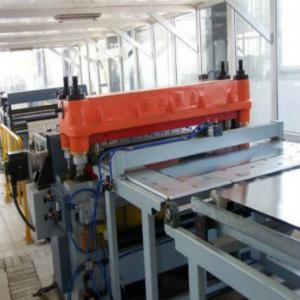High Quality of Tinplate for Biscuit Cans
- Loading Port:
- China Main Port
- Payment Terms:
- TT OR LC
- Min Order Qty:
- -
- Supply Capability:
- -
OKorder Service Pledge
OKorder Financial Service
You Might Also Like
Our tin plate (TP) products are made by coating tin using electrolysis on the surface of thin coldrolled steel sheet (black plates), with a thickness of 0.14~0.6 mm. Its shiny surface finish, superb corrosion resistance and formability make tin plates an ideal choice for the food industry and industrial parts producers. Our tin free steel sheet (ECCS) is widely accepted as a more economical substitute for the tin coated steel. Our TP/TFS products are widely used in the production of 3-piece and 2piece (D&I, DRD) cans as well as can lids and bottoms. Our products serve a variety of purposes, including material for steel EOE, toys, and electronic parts.
Our Tinplates Specification:
Standard: ISO 11949 -1995, GB/T2520-2000,JIS G3303,ASTM A623, BS EN 10202
Material: MR,SPCC
Thickness:0.15mm - 0.50mm
Width: 600mm -1150mm
Temper: T1-T5
Annealing: BA & CA
Coil Inner Diameter: 508mm
Weight: 6-10 tons/coil 1~1.7 tons/sheets bundle
Passivation:311
Oil: DOS
Surface: Finish,bright,stone,matte,silver
Packing:
1、For sheets: plastic or waterproof paper, metallic cover and angles, steel strips,wooden pallet.
2、For Coils: plastic or waterproof paper,plastic protect plate,steel strips.
Both Prime and Second Quality Are Available!!!
- Q: What are the different coating options for tinplate?
- Some of the different coating options for tinplate include electrolytic tin coating, chrome oxide coating, lacquer coating, and organic coatings such as epoxy or polyester.
- Q: What are the common thicknesses of tinplate?
- The common thicknesses of tinplate range from 0.13mm to 0.49mm, with increments of 0.01mm.
- Q: What are the challenges faced in the recycling of tinplate?
- One of the main challenges in recycling tinplate is the separation of tin from steel. Tin is a non-ferrous metal, while steel is ferrous, making it difficult to separate the two during the recycling process. Additionally, the presence of organic coatings or other contaminants on the tinplate can further complicate the separation process. Another challenge is the high energy consumption required to melt and separate the tin from the steel, which can impact the overall efficiency and sustainability of the recycling process. Finally, the collection and sorting of tinplate waste can also be a logistical challenge, as it requires proper infrastructure and coordination between households, businesses, and recycling facilities.
- Q: What are the different types of tinplate edge finishes?
- There are primarily three types of tinplate edge finishes: open top, tight top, and double tight top.
- Q: How does tinplate packaging contribute to product convenience?
- Tinplate packaging contributes to product convenience by providing a durable and lightweight solution that ensures the preservation and protection of the contents. Additionally, its easy-to-open feature, resealable options, and ability to be easily transported make it a convenient choice for consumers.
- Q: How is tinplate coated for chemical storage containers?
- Tinplate is typically coated for chemical storage containers using a process called electrolytic tin plating, where a layer of tin is electrochemically deposited onto the surface of the steel substrate. This tin coating helps to protect the container from corrosion and chemical reactions, ensuring safe storage and transportation of chemicals.
- Q: What are the main challenges in tinplate recycling?
- One of the main challenges in tinplate recycling is the separation of tin coating from the steel substrate, as the two materials have different melting points. Additionally, the presence of other contaminants such as lacquers and coatings on the tinplate can complicate the recycling process. Furthermore, the collection and sorting of tinplate waste can be challenging due to its prevalence in various product packaging, making it difficult to streamline the recycling system. Overall, technological advancements and increased awareness are necessary to overcome these challenges and improve the efficiency of tinplate recycling.
- Q: How does tinplate compare to other packaging materials?
- Tinplate offers several advantages over other packaging materials. It is highly durable, providing excellent protection for the contents. It is also resistant to corrosion, ensuring the integrity of the packaging even in harsh conditions. Tinplate is lightweight and easy to handle, making it cost-effective in terms of transportation and storage. Additionally, it is eco-friendly as it is 100% recyclable. Overall, tinplate is a versatile and reliable packaging material that outperforms many others in terms of strength, longevity, and sustainability.
- Q: How is tinplate different from other types of metal packaging?
- Tinplate is different from other types of metal packaging due to its unique composition. Unlike aluminum or steel packaging, tinplate is made by coating a thin layer of tin on top of a steel base. This provides tinplate with exceptional corrosion resistance and a glossy appearance. Additionally, tinplate is highly malleable, making it easier to shape into various packaging forms. Its non-reactive properties also make it suitable for storing a wide range of products, including food and beverages.
- Q: What are the challenges in printing on tinplate?
- Some of the challenges in printing on tinplate include the difficulty in achieving accurate and precise color reproduction, the need for specialized inks and printing processes, and the potential for adhesion issues due to the smooth and non-porous surface of tinplate. Additionally, the durability of the printed image may be compromised due to scratching or rubbing, and the high cost of tinplate printing equipment and materials can also pose a challenge.
Send your message to us
High Quality of Tinplate for Biscuit Cans
- Loading Port:
- China Main Port
- Payment Terms:
- TT OR LC
- Min Order Qty:
- -
- Supply Capability:
- -
OKorder Service Pledge
OKorder Financial Service
Similar products
Hot products
Hot Searches
Related keywords
